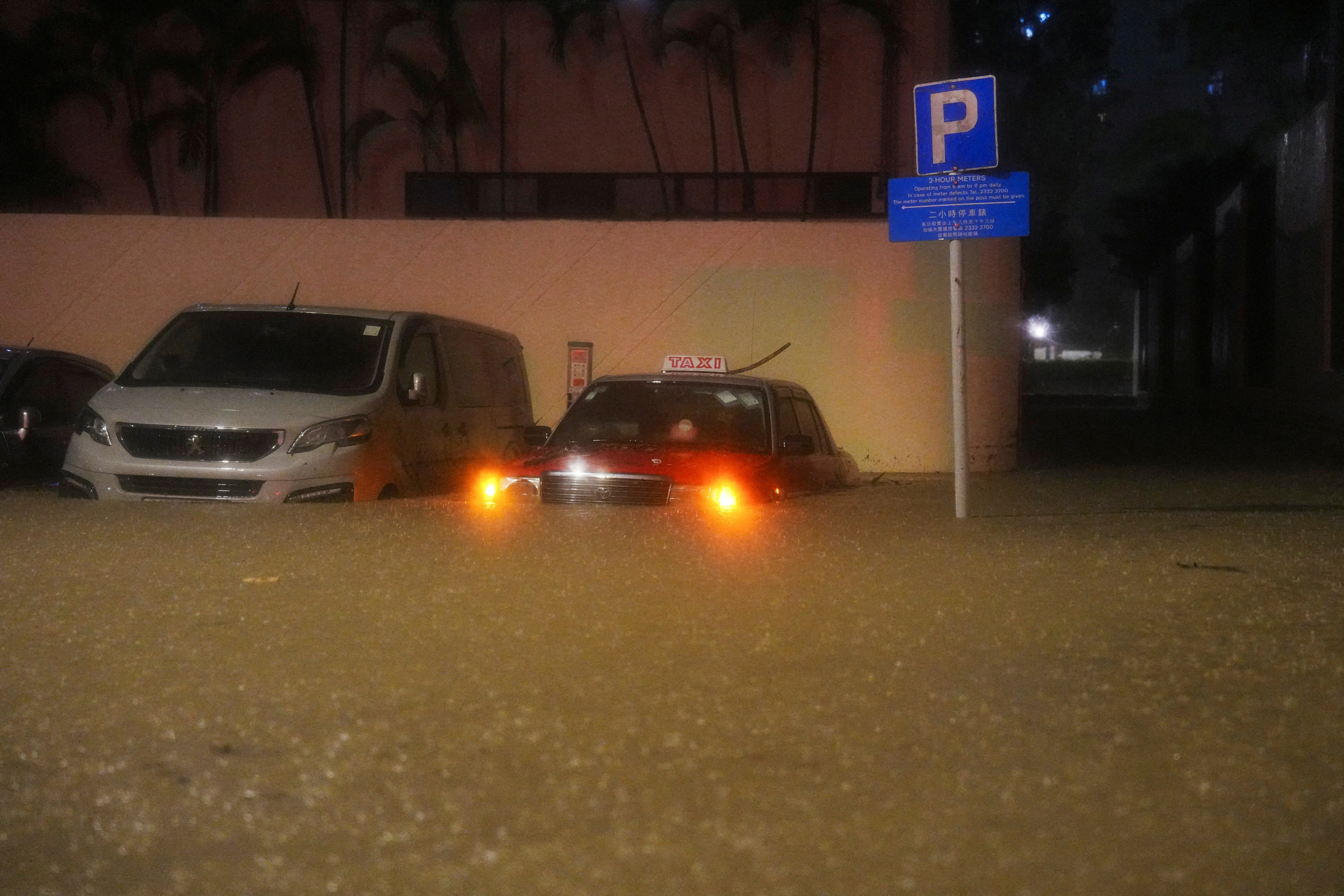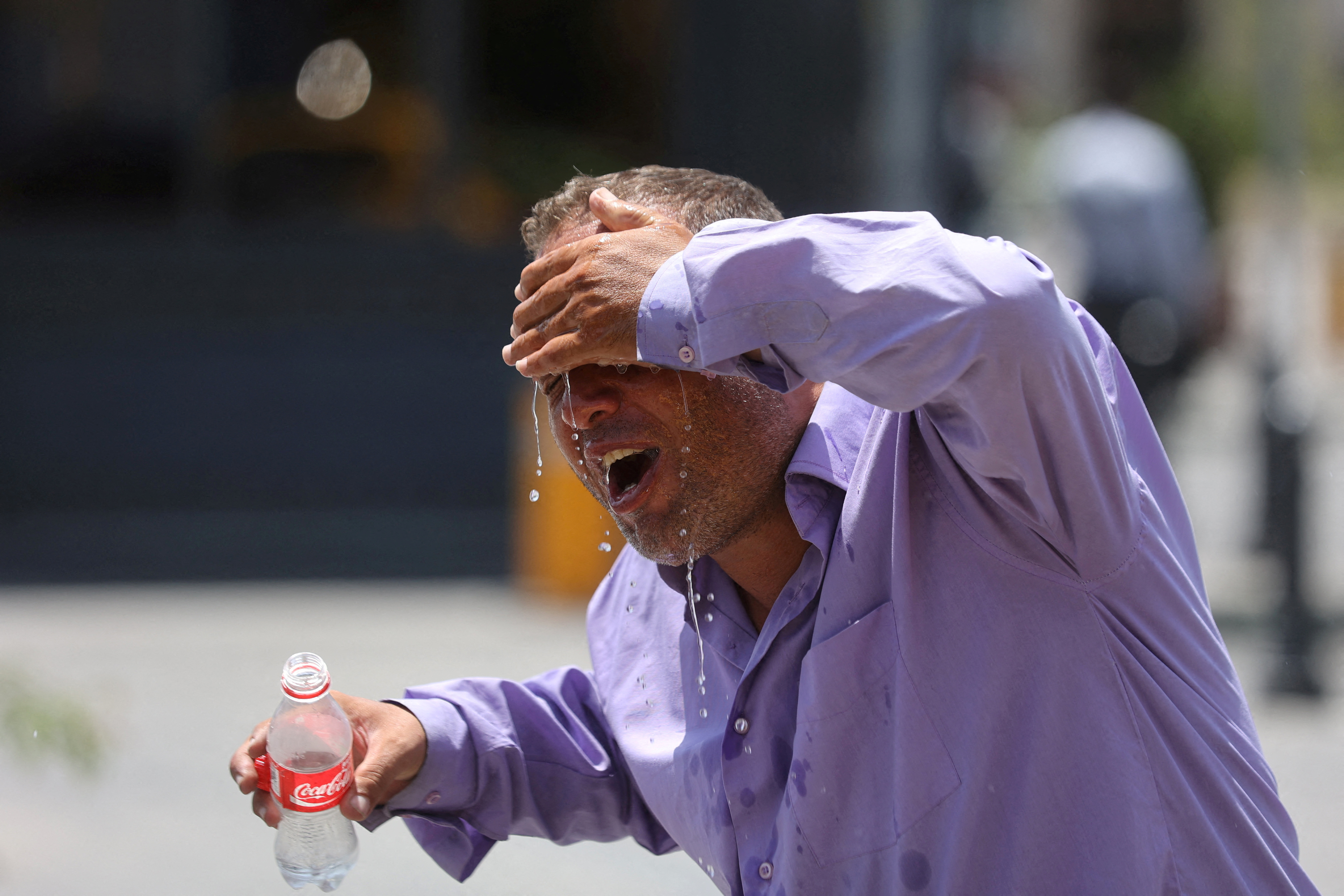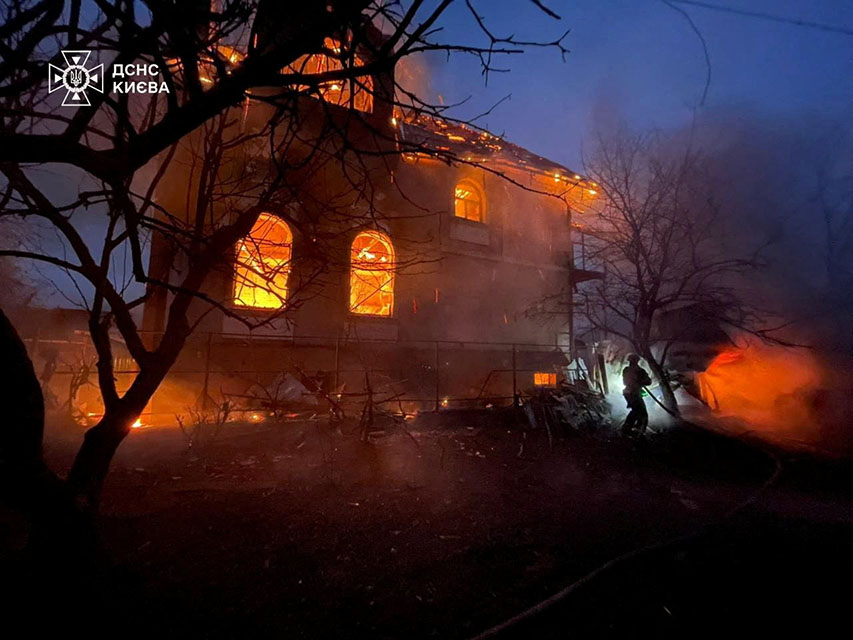From record-breaking heat in Japan and the Middle East to deadly floods across China and India, extreme weather events are unfolding with alarming frequency and intensity — a stark reminder that the climate crisis is accelerating across the planet.
Japan melts in record heat, rice harvest at risk
In Japan, temperatures reached a historic high of 41.8°C (107.2°F) in the city of Isesaki, Gunma prefecture, on Tuesday — surpassing a previous record set just a week earlier in western Japan. The heatwave has already hospitalized over 53,000 people for heat stroke this summer, according to the Fire and Disaster Management Agency.

“Today is murderously hot,” said 63-year-old auto worker Takeshi Ishikawa, comparing the heat to his daily bath. With temperatures now hotter than typical bathwater, the government has urged people to stay indoors and is taking emergency steps to protect Japan’s rice harvest, which is under threat from heat-induced drought and a surge in stink bug infestations.
“We need to act with speed and a sense of crisis,” said Farm Minister Shinjiro Koizumi, pledging aid for pest control and drought mitigation. This comes after 2023’s extreme heat damaged rice quality, triggering food shortages and soaring prices — a mistake the government is keen to avoid repeating.
UAE and Iran swelter under relentless desert heat
Across the Gulf, the United Arab Emirates recorded one of its hottest days in recent years, with Sweihan hitting 51.8°C (125.2°F) on August 1 — just shy of the all-time national record. The NCM reports this follows the hottest April and May ever, and the rest of the summer is expected to remain hotter than average.
While residents are being advised to stay indoors during peak hours, such precautions are not always possible. “We are whining while sitting in the air-condition… they (outdoor labourers) are working actually 24/7 in this heat,” said Australian tourist Yasir Shahad, voicing concern for vulnerable workers.
Next door in Iran, the government has ordered the closure of public offices and banks in Tehran and several other provinces as the country battles 50°C temperatures. The closures aim to conserve energy as power grids buckle under the strain of air conditioning demand.
Repeated droughts have also depleted Iran’s reservoirs, raising fears of widespread water shortages. President Masoud Pezeshkian recently warned that excessive water consumption could cripple major cities by September if urgent measures aren’t taken.
China battles its deadliest flooding in over a decade
In Beijing, catastrophic floods in late July killed at least 44 people, with more rains forecast and over 70,000 people evacuated. Authorities have placed all 16 city districts on the highest level of flood alert, shutting down parts of the Great Wall and other public areas, and warning that the risk of flash floods and landslides remains “extremely high.”
The tragedy exposed vulnerabilities in disaster preparedness, as many victims were caught unaware — including residents at a nursing home in Miyun district, where floodwaters rose rapidly and fatally.
In Hebei province, just outside the capital, torrential rains swept through a wellness retreat, leaving three dead and four missing. The incident was reminiscent of recent fatal floods in Texas, where dozens of children drowned at a summer camp due to sudden river surges.
Farther south, in Guangdong, five bodies were recovered after heavy rainfall, with more than 1,300 rescuers mobilized for emergency operations.
Hong Kong drenched by record rainfall
As parts of China face devastating floods, Hong Kong is grappling with its own water crisis. The city’s highest “black rainstorm warning” remained in effect as intense storms dumped up to 90mm of rain per hour, flooding roads and causing widespread disruptions.

The rain closed schools, courts, outpatient clinics, and post offices, though the stock exchange and airport remained operational. Even Hong Kong Disneyland stayed open — albeit with limited services — during the storm.
India’s Himalayan state hit by flash flood disaster
In Uttarakhand, northern India, flash floods ripped through Uttarkashi town, washing away a village and leaving over 50 people missing. Shocking footage showed homes and roads being swept away as mountain rivers burst their banks, a growing threat in the climate-sensitive Himalayan region.
Authorities warned of further damage in the Harshil area and urged residents to steer clear of riverbanks. Experts continue to blame climate change for the increased frequency of flash floods and landslides in the region.
🌡️ A climate reckoning
This unfolding series of disasters offers a sobering view of a world increasingly destabilized by climate extremes. From Japan’s overheating cities and rice crisis, to Middle Eastern megadroughts, and Asian floods sweeping away lives and infrastructure, 2025 is shaping up to be another year of climate trauma.
These events follow 2024 — the hottest year ever recorded, with global temperatures exceeding 1.5°C above pre-industrial levels, the critical threshold identified by the Paris Climate Agreement.
The planet is not only warming — it is breaking, and the consequences are cascading from one region to another. As one government official put it: “We must act with urgency, or face more irreversible damage.”







Click here to change your cookie preferences